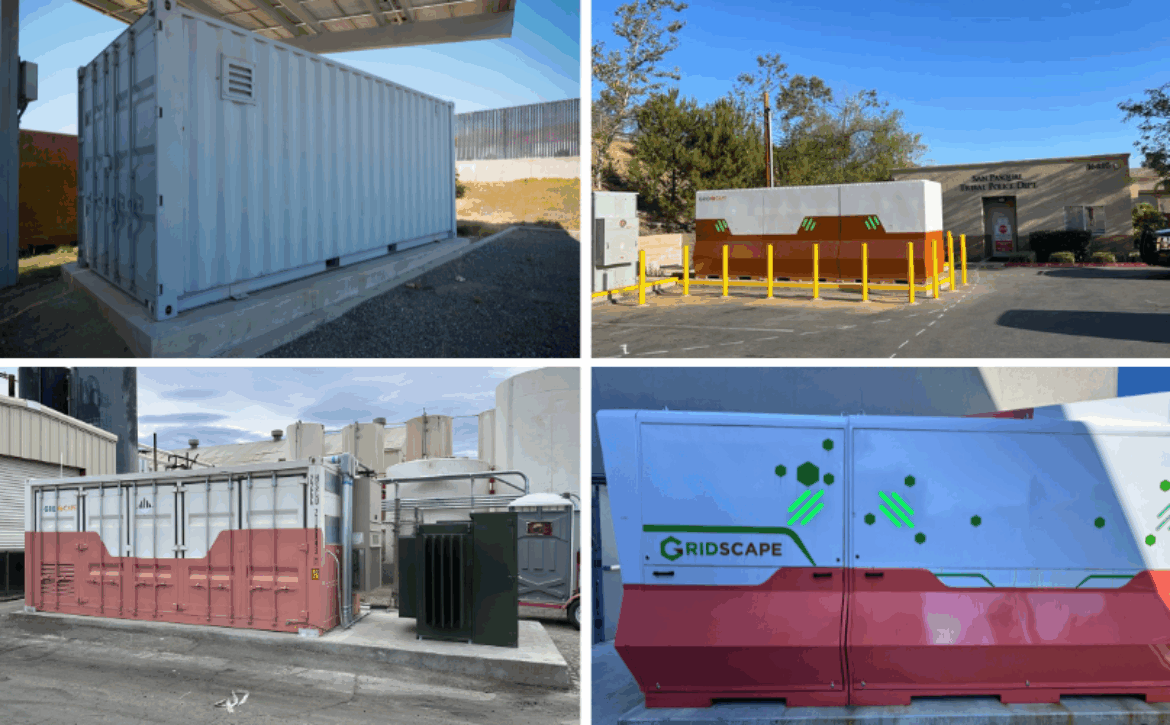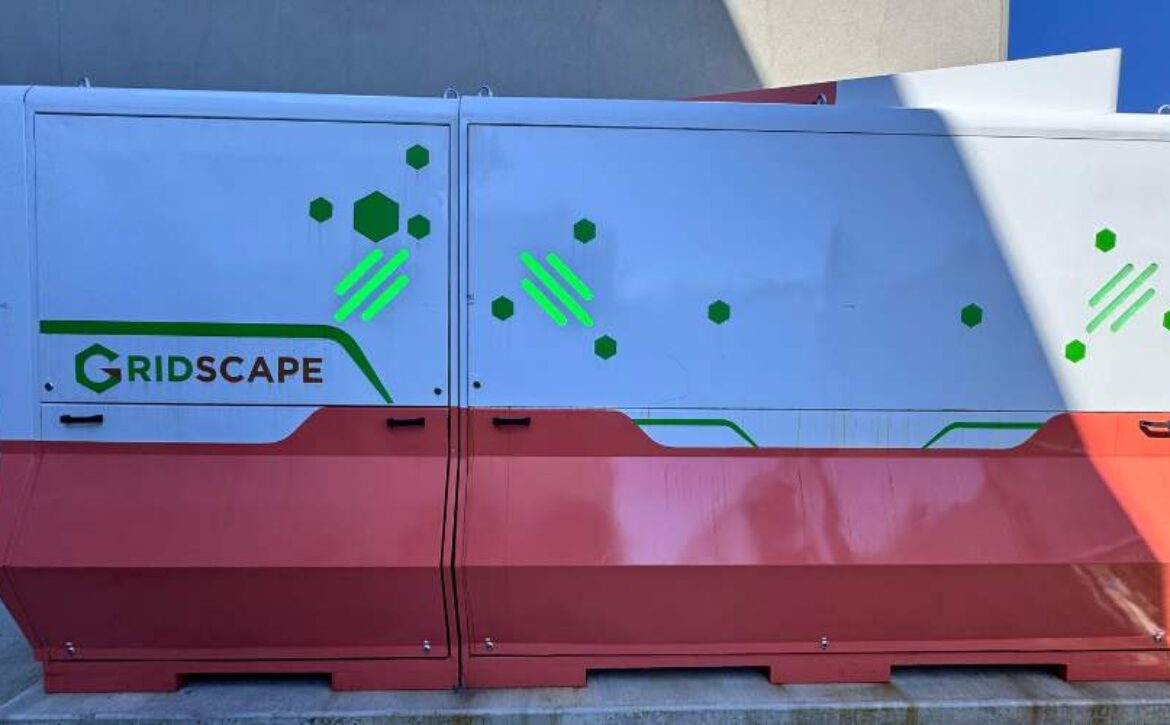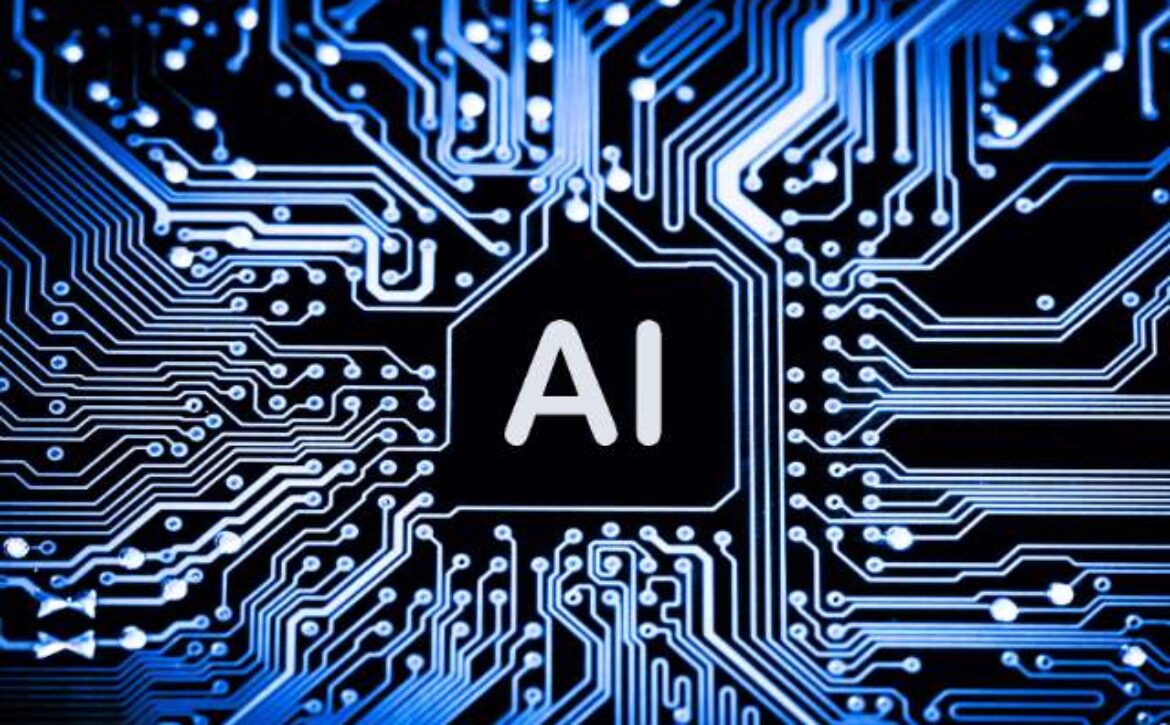In the rapidly evolving world of energy, Distributed Energy Resources (DERs) are becoming a key part of the conversation. You might hear about DERs in discussions on clean energy, grid modernization, or even as part of plans for resilient communities, but a surprising number of people are still not fully informed about what DERs are or why they matter. The reality is, DERs are revolutionizing how energy is generated, distributed, and consumed, and understanding them is crucial for anyone who wants to stay ahead in this energy transition. Whether you’re a homeowner, business owner, or simply someone curious about the future of electricity, DERs will touch your life in meaningful ways, and it’s time to grasp their importance.
What Are DERs?
DERs are small, decentralized energy resources that generate or store electricity close to the point of use. Think of rooftop solar panels, battery energy storage systems , electric vehicles with vehicle-to-grid (V2G) capabilities, and even demand-response programs that reward you for using less electricity at peak times. Unlike traditional power plants, which are massive, centralized facilities that produce energy for entire regions, DERs operate on a much smaller, localized scale.
How Are DERs Different from the Traditional Grid?
The traditional grid has been around for over a century, and while it’s served us well, it’s built on a model that’s increasingly facing a lot of pressure from increased energy demands and climate crisis. Here’s how DERs fundamentally change the way energy works:
Decentralized vs. Centralized Power:
In the traditional grid, power is generated at a few large, centralized plants, often far from where it’s consumed and then transmitted over long distances to homes and businesses. This creates inefficiencies and leads to energy losses along the way.
With DERs, energy is generated closer to where it’s used. Solar panels on your roof, a wind turbine at a local business, or a community battery storage system can provide power directly to your home or neighborhood. This local generation reduces transmission losses and increases energy efficiency.
Two-Way Power Flow:
The traditional grid is essentially a one-way street. Electricity flows from power plants to consumers. In contrast, DERs create a two-way energy exchange. Homes or businesses equipped with DERs can not only consume energy but also produce it and send excess back to the grid. For example, if you have solar panels, you can produce more electricity during the day than you use, and sell that extra power to the utility.
Smaller, Modular Systems:
Traditional power plants take years to build and require massive financial investments. DERs, on the other hand, are modular and scalable. You can install a single rooftop solar system today and expand it tomorrow by adding a battery storage unit or connecting an EV charger. This modularity makes it much easier to scale up clean energy generation incrementally, rather than depending on large, risky projects.
Greater Flexibility and Resilience:
A traditional grid is vulnerable to widespread failures when something goes wrong at a large power plant or transmission line. DERs, however, distribute energy generation across many small sources, making the overall system more resilient. In the event of a natural disaster, power outage, or even cyberattack, DERs can keep local areas powered, making them a crucial component of community resilience.
Why Should You Care About DERs?
DERs aren’t just a technical concept reserved for energy insiders—they have real-world implications for you, your home, your business, and your community. Here’s why DERs matter and why everyone should be paying attention:
Energy Independence and Control:
DERs empower individuals and businesses to take control of their energy use. With solar panels and a battery, for example, you can generate your own electricity and store it for when you need it most, reducing your reliance on the grid. This means more energy independence and less vulnerability to outages or rising electricity prices. You’re no longer just a consumer; you become an active participant in the energy ecosystem.
Cost Savings: By generating your own electricity with DERs, you can reduce or even eliminate your electricity bills. Moreover, through technologies like demand response or selling excess power back to the grid, you can even get paid for contributing to the grid. In areas with high electricity rates, especially during peak demand times, DERs allow you to optimize your energy costs and save money.
Environmental Benefits: Many DERs, use solar. By adopting these technologies, you’re not only cutting your energy bills, but also contributing to the fight against climate change. DERs reduce greenhouse gas emissions by decreasing reliance on fossil fuels, making the energy you use cleaner and more sustainable.
Resilience and Reliability: With climate change causing more extreme weather events—wildfires, hurricanes, and floods—the traditional grid has shown its vulnerabilities. A single point of failure at a large power plant or transmission line can leave millions without power. DERs can enhance the resilience of the grid by decentralizing energy production. In the event of an outage, DERs like battery storage or microgrids can keep the lights on in homes, schools, or hospitals, providing a much-needed safety net during emergencies.
Smarter Energy Management: DERs are often integrated into a smart grid that uses advanced software and sensors to manage energy flows more efficiently. This leads to more intelligent distribution of electricity, especially as the demand for electricity increases with the rise of electric vehicles (EVs). Smart grids with DERs can balance supply and demand dynamically, making the grid more efficient and reducing the need for expensive infrastructure upgrades.
Driving the Energy Transition: The energy world is shifting from a centralized, fossil-fuel-based system to a more decentralized, renewable, and flexible one. DERs are at the heart of this transformation. As more people adopt DERs, we move toward a future where renewable energy becomes the norm rather than the exception. This isn’t just a trend; it’s a movement that’s reshaping how we think about energy production and consumption.
How DERs Can Change Your Life
For many, the concept of DERs might still seem abstract, but the impacts on daily life are very real. Here’s how DERs are likely to shape your world in the coming years:
In your home: Installing solar panels and a home battery allows you to generate and store your own energy, reducing your dependence on the grid. If your neighborhood also adopts DERs, you could be part of a microgrid, where energy is shared locally, ensuring resilience in times of grid failure.
In your car: Electric vehicles are becoming more popular, and with vehicle-to-grid (V2G) technology, your car could actually power your home or feed energy back into the grid. EVs are not just a cleaner transportation option; they’re also mobile energy storage systems that can make the grid more flexible and reliable.
In your community: DERs enable community microgrids, where localized energy sources power entire neighborhoods or towns. These microgrids can operate independently from the main grid during emergencies, ensuring that critical services like hospitals, cititical facilities and schools have power when they need it most.
The Future of Energy Is Distributed
The traditional grid model is being transformed by DERs, and this shift is not just about energy—it’s about empowering individuals, businesses, and communities. The future of energy is decentralized, flexible, and resilient. DERs allow us to rethink how we produce and consume electricity, offering opportunities for energy independence, cost savings, and environmental responsibility.





